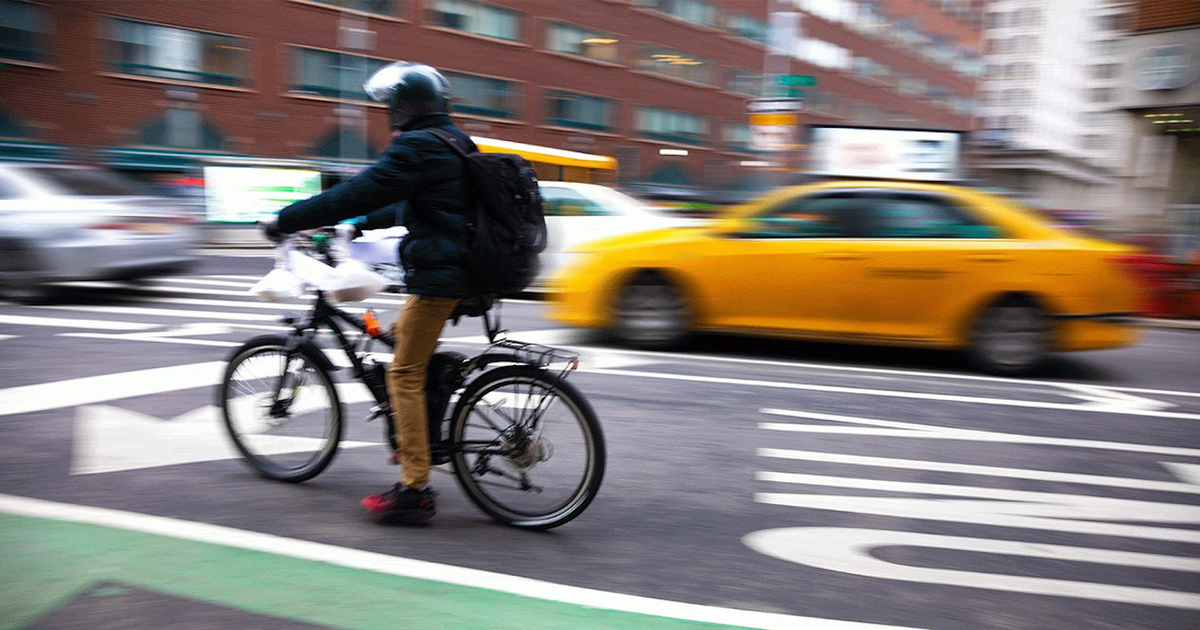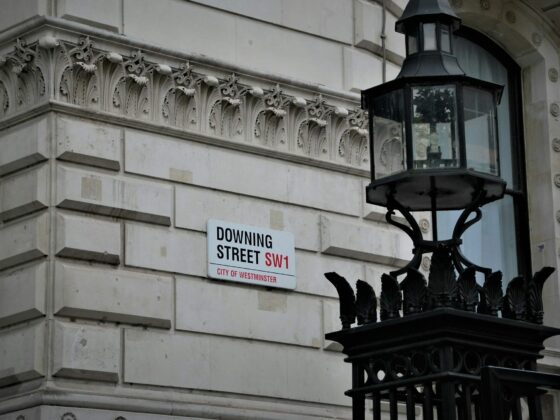
More than five years after cities began cracking down on third-party delivery fees at the height of the COVID-19 pandemic, regional regulatory challenges continue. While restaurant delivery has ballooned to a $430 billion industry in 2025, cities have not been able to find a universal solution for regulating delivery workers’ rights and wages, while balancing the needs of business owners, delivery platforms, and consumers when it comes to setting delivery fee laws.
Although some cities still have pandemic-era delivery fee caps in place, others like New York City are easing back on restrictions. In May 2020, New York City implemented a 15% delivery fee cap for platforms like Grubhub, Uber Eats, and DoorDash, which was made permanent in August 2020. This led to the three delivery giants suing the City Council, calling it an unconstitutional “extreme measure” that would harm the consumer because fees would then be passed on to them.
In May 2025, New York City passed new legislation called Int. 762-B that allows delivery platforms to charge up to 43% of the order total. While the delivery fee is still technically 15%, third-party delivery platforms can charge an additional 3% credit card fee, 20% for “enhanced services” like marketing, and 5% in other fees.
The bill went into effect on May 31, and delivery platforms had until June 30 to notify their current New York City restaurant and bar clients of the new service plans and fee structures. Delivery platforms are also required to offer a basic plan for restaurants with a maximum 23% in fees per order, including the delivery, credit card processing, and transactional fees.
“We’ll be closely monitoring how these changes are implemented to ensure they protect restaurants from unfair business practices, and we’ll be ready to respond if not,” the New York City Hospitality Alliance said in a June statement. “This is also an opportunity to reset our relationship with delivery platforms—to create a marketplace where we can collaborate and both succeed.”
On the other end of the spectrum, Seattle has one of the tightest regulatory restrictions on the restaurant delivery industry, including a 15% delivery fee cap, driver protections and pay transparency, and fee transparency requirements for both consumers and restaurant clients.
DoorDash recently published a notice that the delivery company would need to increase prices in Seattle, claiming that the West Coast city is now the most expensive market to facilitate delivery in the United States.
“Seattle law already requires platforms to pay delivery workers nearly $30 an hour before mileage and tips — well above the city’s minimum wage,” DoorDash said in a July 8 statement. “Now, the city is imposing additional costly regulations, including a drawn-out and intensive review of any Dasher deactivations. Despite frequent warnings to the City Council about the costs of these regulations, the combination of Seattle’s strict pay laws and new regulations governing DoorDash’s deactivations policies have put us in a position where we must increase fees yet again.”
The Seattle App-Based Worker Deactivation Rights Ordinance went into full effect on June 24 and gives delivery drivers worker protections by requiring delivery companies to follow certain steps before deactivating a delivery worker.
As a result of these regulatory crackdowns, DoorDash said Seattle’s fees are twice that of other similarly sized markets, and the highest in the country. The company also claims Seattle’s delivery pay laws have resulted in slower delivery times and lower monthly revenues for local restaurants.
Seattle and New York City are just two examples of cities that have tried to pass and reset delivery regulatory legislation. Other recent examples include Jersey City, N.J., which passed a 15% delivery fee cap last summer, and Stamford, Conn., which is considering permit requirements for delivery platforms.








